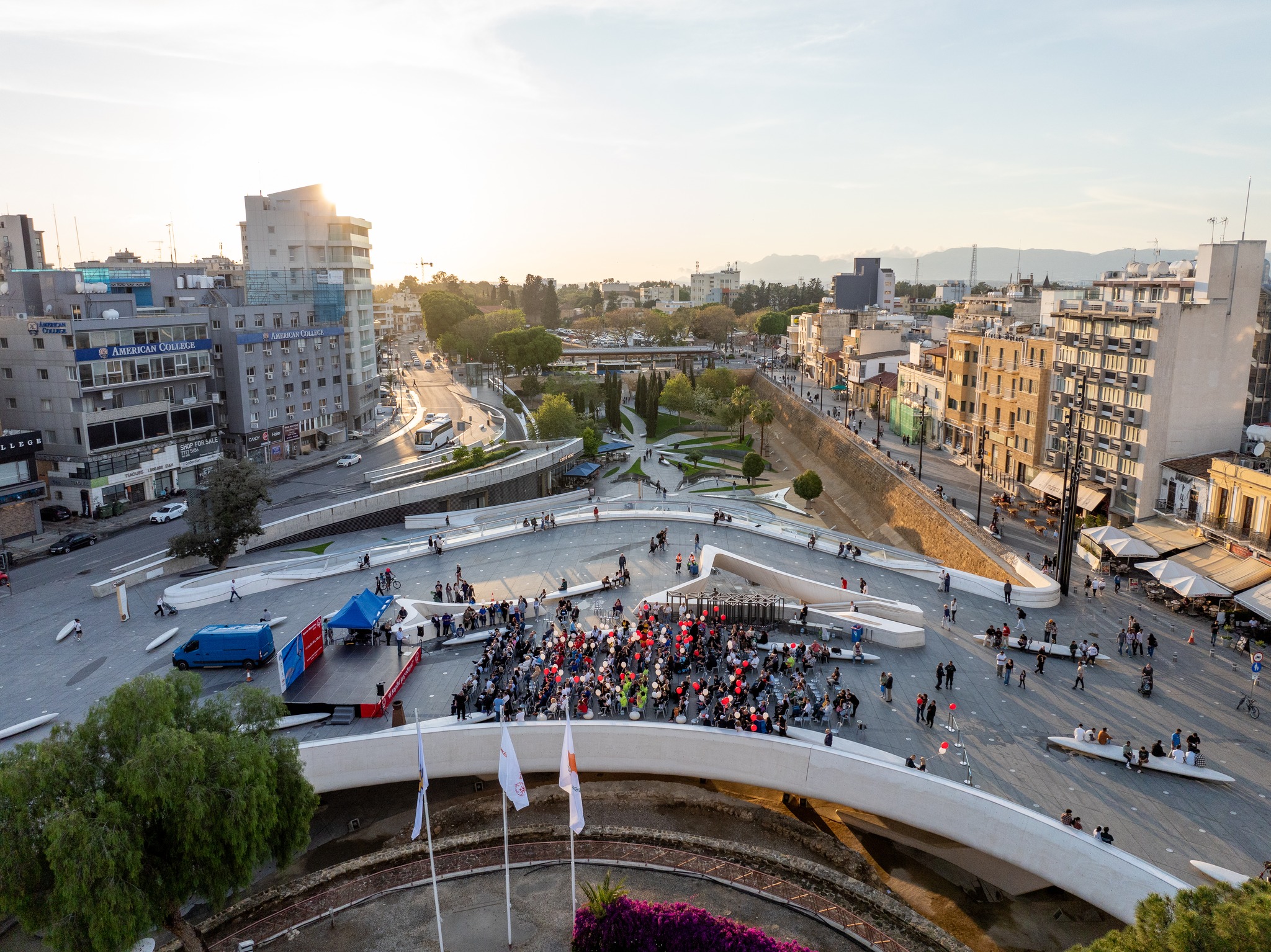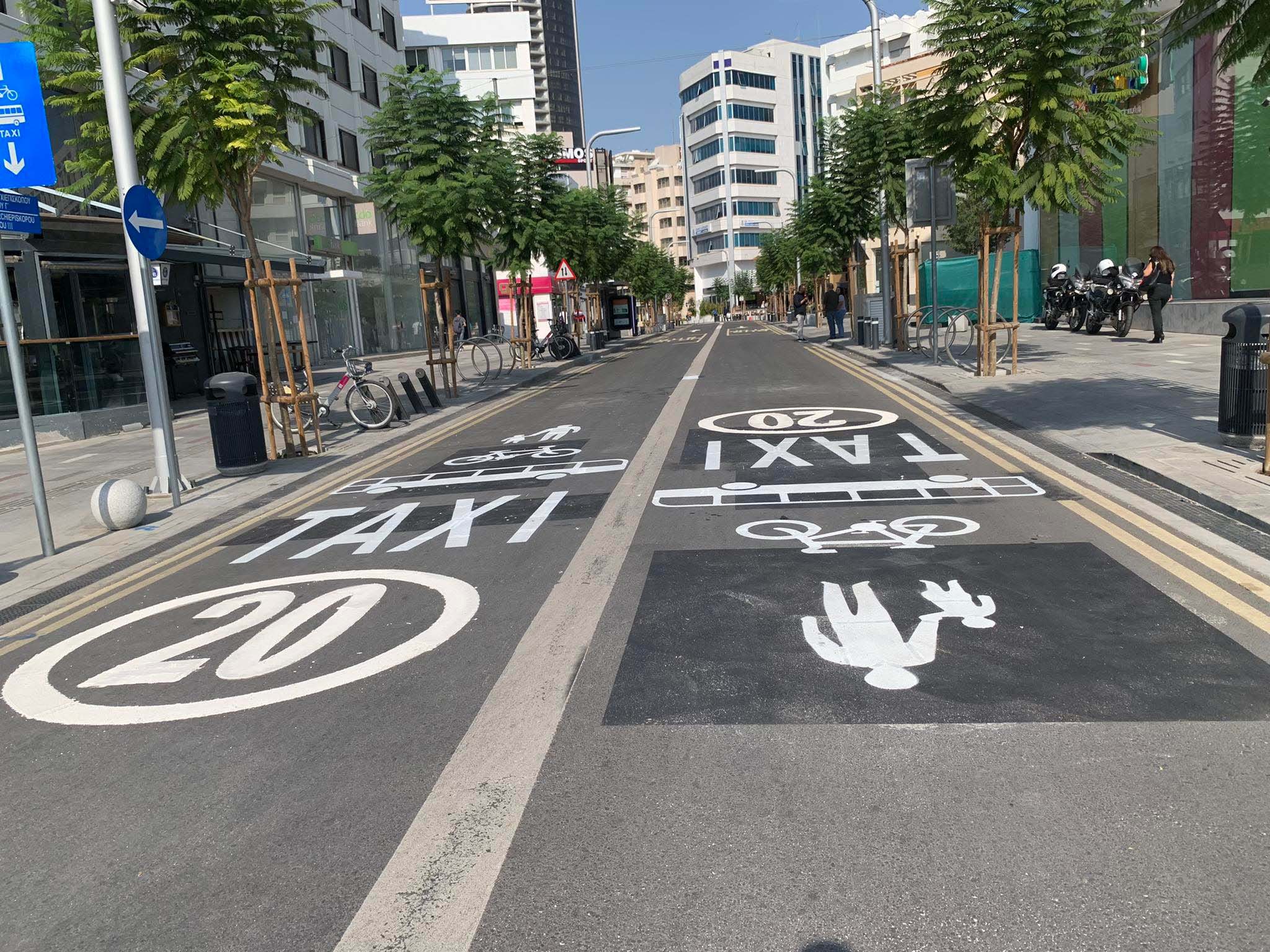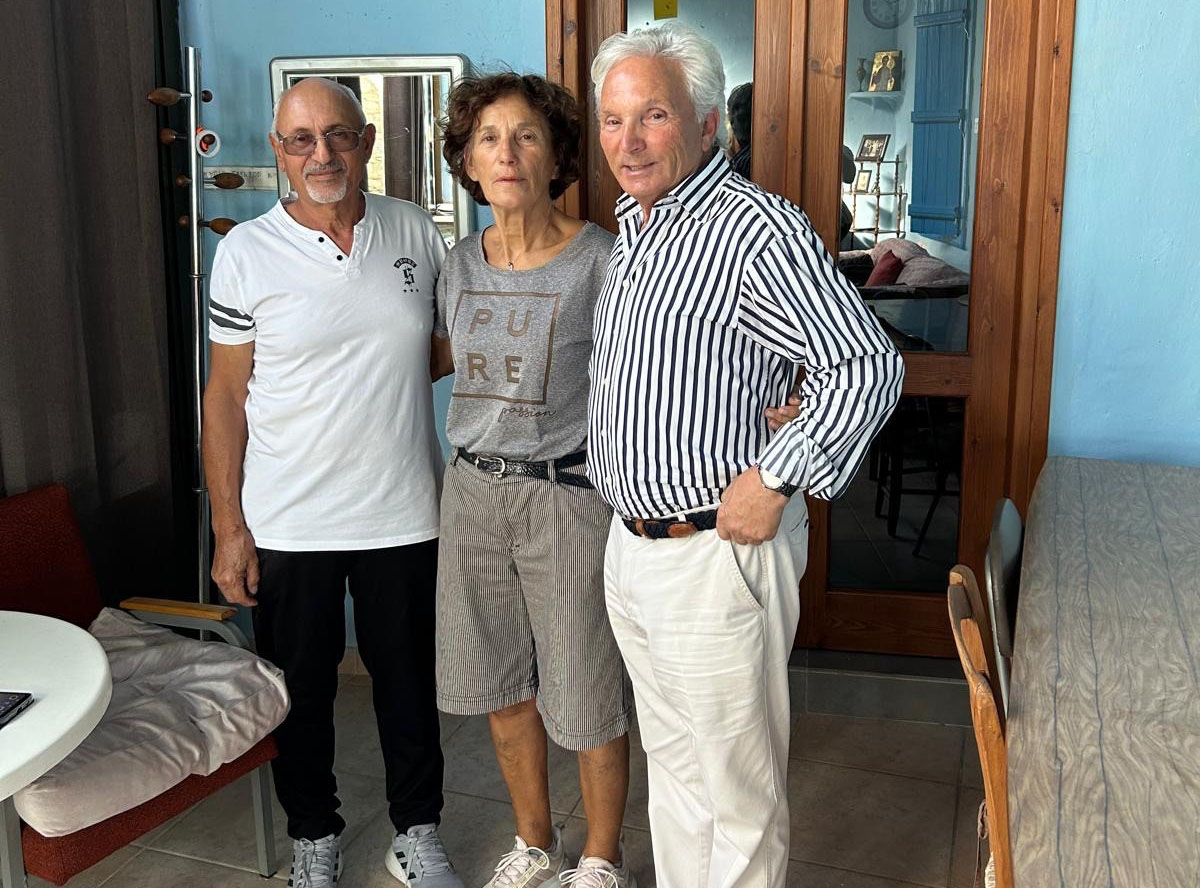It’s been almost four years since Nicosia’s Eleftheria Square was completed but to look at it, it’s as if it was only handed over by the contractors yesterday.
A capital city’s main square should be buzzing in the height of summer, not someplace to be avoided at all costs for fear of spontaneous combustion while walking across it.
Not a single tree has been planted or placed on the upper level of the project. It has become just another thermal island in a city of concrete and sparse greenery.
According to Eurostat and UN data, Nicosia has one of the lowest rates of urban green space per capita at four per cent, putting it near the bottom of most lists.
This was highlighted by Greens MP Charalambos Theopemptou on Monday in an interview with Politis.
“It doesn’t take much intelligence to understand that the way they designed Eleftheria Square would cause a big problem in the summer,” he said. “Unfortunately, the prevailing opinion was that the structure would be so amazing that many visitors would come and we would show off this unique design.”
Theopemptou said there had been “a lot of dirty warfare against those who expressed a contrary opinion” at the time and whose words have now come to pass.
He said trees were a must for the square and until they’ve matured, at least large pots of greenery and a fountain would help. But it seems there is a lack of will, which is no surprise.
“They are not even interested in leaving space for trees when, for example, a new road is being built because then they will have to worry about maintaining it,” Theopemptou said.
Environmentalists have made this case before, suggesting that green spaces are considered “wasted land” by municipalities and cost too much to maintain with no financial return.
The current Nicosia mayor does seem more concerned with re-opening Makarios Avenue to traffic and wondering why no one wants to take a wander down there on foot.
The original plan of the revamp had been to create a “commercial triangle”, an attractive pedestrian link between Ledra Street and Makarios Avenue.
But not only is having to cross Eleftheria Square in the middle of a heatwave a deterrent, Makarios Avenue itself, unlike Ledra Street, has no shade either. Maybe that has something to do with the lack of foot traffic as well, at least in summer.
It’s basic knowledge that concrete absorbs and re-emits the sun’s heat so the temperature remains higher both during the day and the night. In turn, this leads to a higher starting point when the sun rises, creating a cycle of ever-increasing temperatures.
This is partly why Nicosia’s summer temperatures are higher than every other area.
Now that each summer is becoming hotter than the last and longer, it’s a disgrace that in four years, not a single tree has been planted on the upper level of the capital city’s main square.
It’s very easy to blame climate change yet do nothing to try and mitigate its effects, especially with such a simple solution as increasing greenery.







Click here to change your cookie preferences